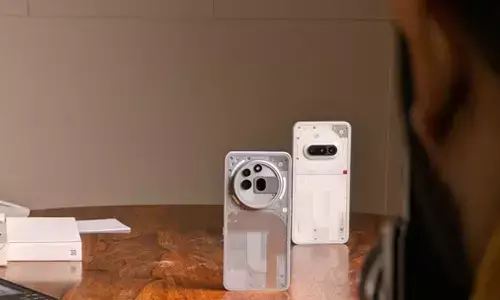Electronic device implanted in brain could stop seizures

A new electronic device implanted directly into the brain can detect, stop and even prevent epileptic seizures, scientists say The researchers, including those from the University of Cambridge in the UK, implanted the device into the brains of mice
London : A new electronic device implanted directly into the brain can detect, stop and even prevent epileptic seizures, scientists say. The researchers, including those from the University of Cambridge in the UK, implanted the device into the brains of mice. When the first signals of a seizure were detected, the device delivered a native brain chemical which stopped the seizure from progressing. The results, published in the journal Science Advances, could also be applied to other conditions including brain tumours and Parkinson's disease.
The work represents another advance in the development of soft, flexible electronics that interface well with human tissue, researchers said. "These thin, organic films do minimal damage in the brain, and their electrical properties are well-suited for these types of applications," said George Malliaras, a professor at Cambridge's Department of Engineering.
While there are many different types of seizures, in most patients with epilepsy, neurons in the brain start firing and signal to neighbouring neurons to fire as well, in a snowball effect that can affect consciousness or motor control. Epilepsy is most commonly treated with anti-epileptic drugs, but these drugs often have serious side effects and they do not prevent seizures in three out of 10 patients. The researchers used a neurotransmitter which acts as the 'brake' at the source of the seizure, essentially signalling to the neurons to stop firing and end the seizure.
The drug is delivered to the affected region of the brain by a neural probe incorporating a tiny ion pump and electrodes to monitor neural activity. When the neural signal of a seizure is detected by the electrodes, the ion pump is activated, creating an electric field that moves the drug across an ion exchange membrane and out of the device, a process known as electrophoresis. The amount of drug can be controlled by tuning the strength of the electric field.


















